Some amazing pictures of the I.S.S. from John Arnold's back garden in Leeds.
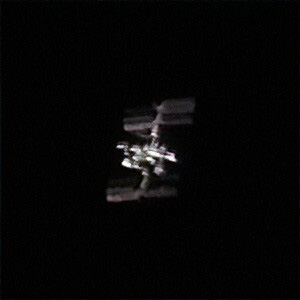 15/07/2021
15/07/2021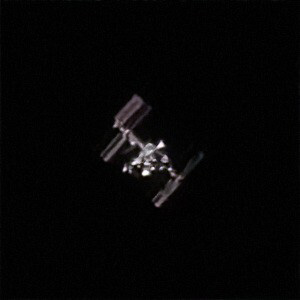 15/07/2021
15/07/2021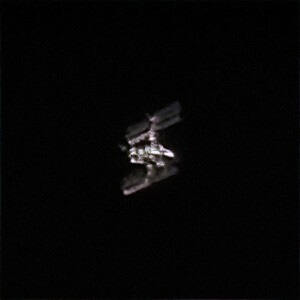 15/07/2021
15/07/2021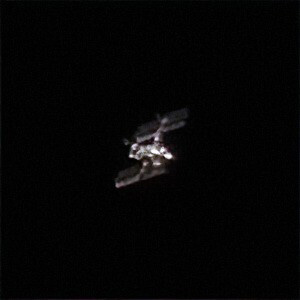 15/07/2021
15/07/2021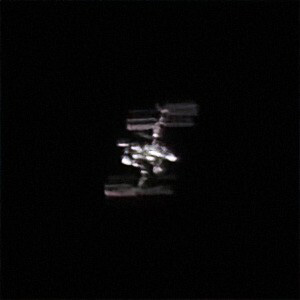 15/07/2021
15/07/2021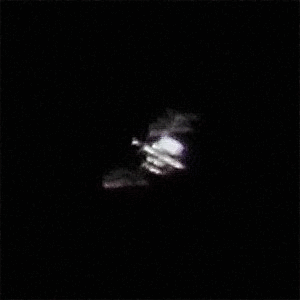 19/05/2021
19/05/2021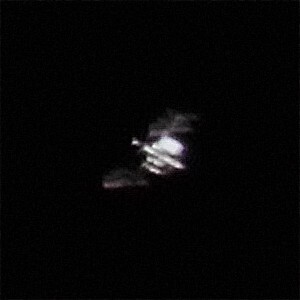 19/05/2021
19/05/2021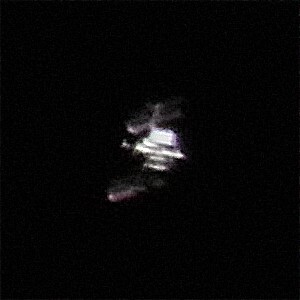 19/05/2021
19/05/2021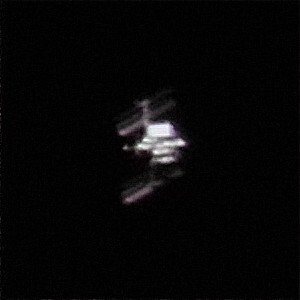 19/05/2021
19/05/2021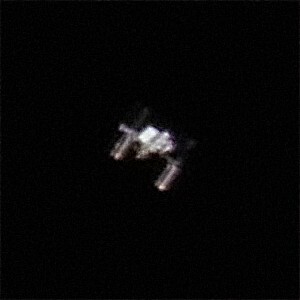 19/05/2021
19/05/2021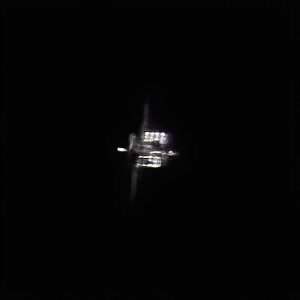 29/03/2021
29/03/2021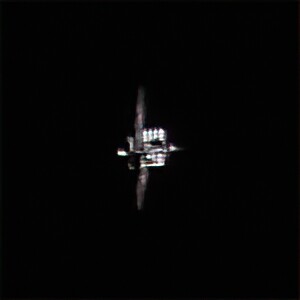 29/03/2021
29/03/2021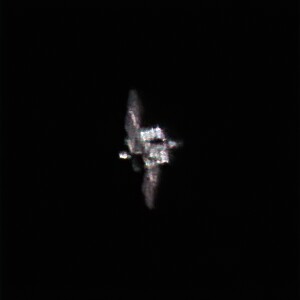 29/03/2021
29/03/2021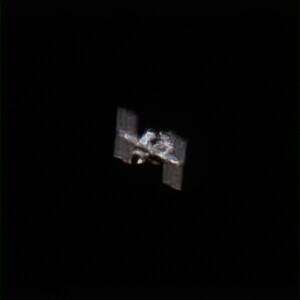 29/03/2021
29/03/2021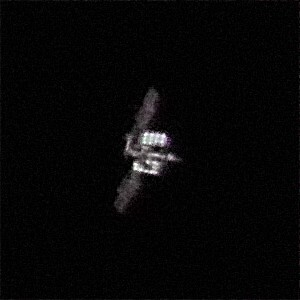 27/09/2020
27/09/2020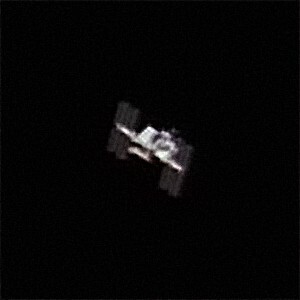 27/09/2020
27/09/2020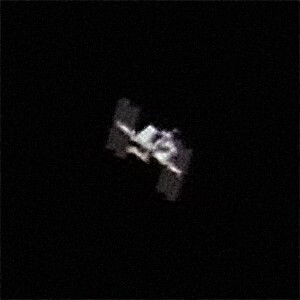 27/09/2020
27/09/2020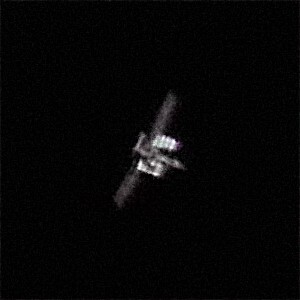 27/09/2020
27/09/2020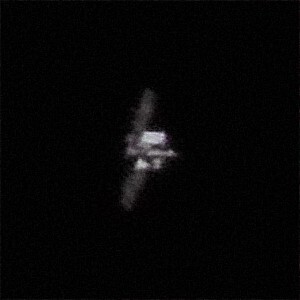 25/09/2020
25/09/2020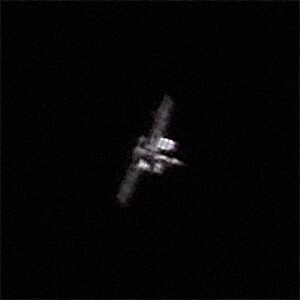 25/09/2020
25/09/2020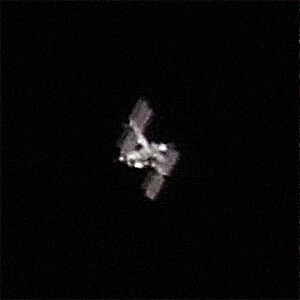 23/07/2020
23/07/2020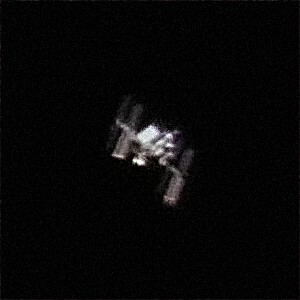 22/07/2020
22/07/2020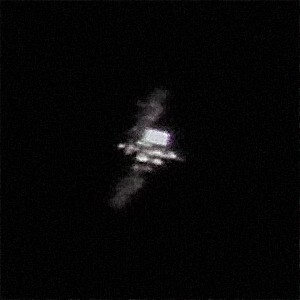 22/07/2020
22/07/2020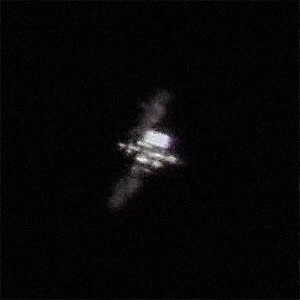 22/07/2020
22/07/2020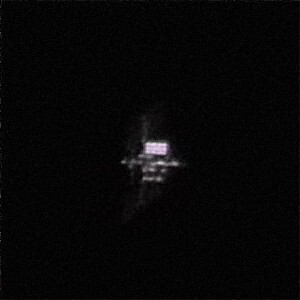 21/07/2020
21/07/2020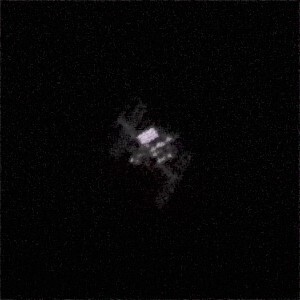 21/07/2020
21/07/2020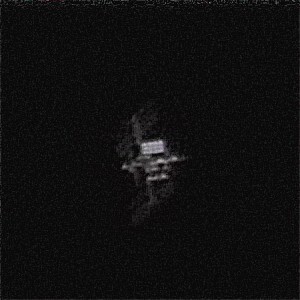 21/07/2020
21/07/2020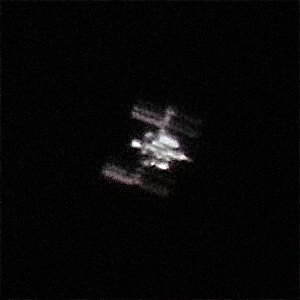 17/07/2020
17/07/2020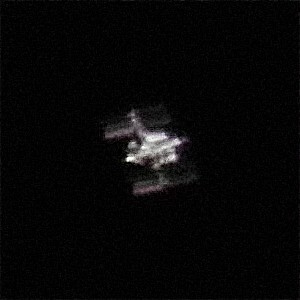 17/07/2020
17/07/2020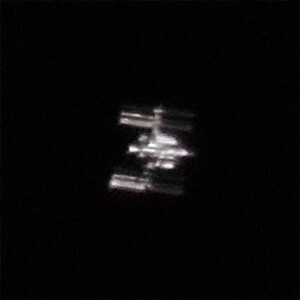 17/07/2020
17/07/2020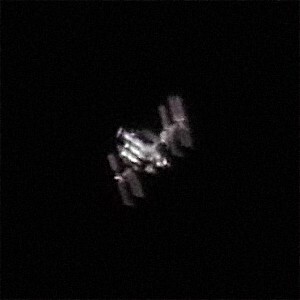 12/07/2020
12/07/2020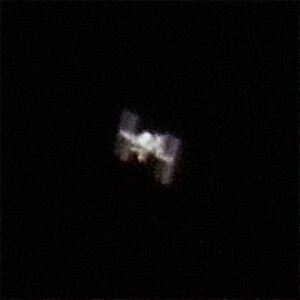 26/05/2020
26/05/2020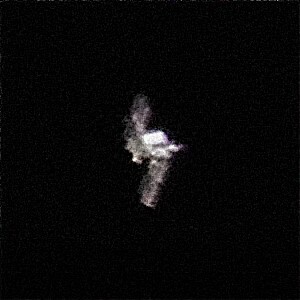 26/05/2020
26/05/2020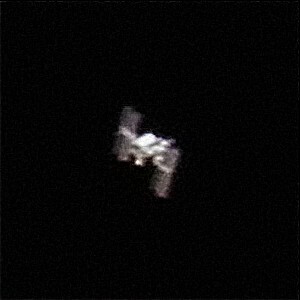 26/05/2020
26/05/2020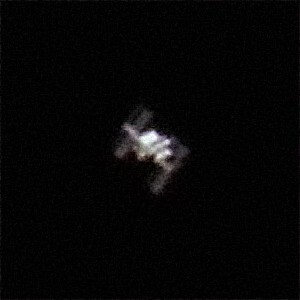 22/05/2020
22/05/2020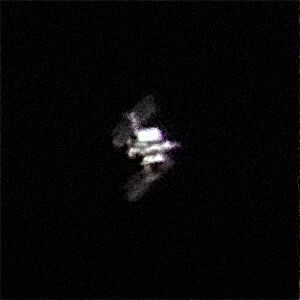 22/05/2020
22/05/2020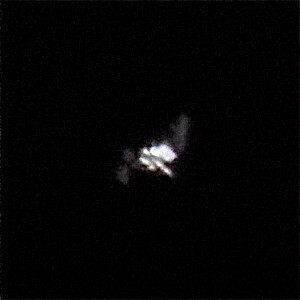 22/05/2020
22/05/2020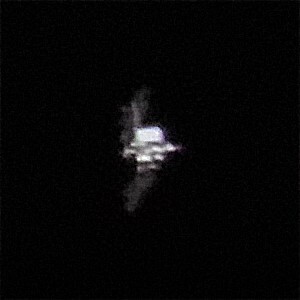 22/05/2020
22/05/2020
Information...
The International Space Station (ISS) is the ninth manned space station, and is a multinational collaborative project by Russia, the US, Japan, Europe and Canada.
Constructed in a modular fashion, the first component was launched into space in 1998, and it has been occupied continuously aince 2000.
The station is now the largest artificial object in space. It orbits the Earth about every 94 minutes and is in a low-Earth orbit of 400 kilometres. Many scientific experiments have been conducted on the station with its micro-gravity space environment. The station also serves as a testing ground for further space exploration, and provides information on the long-term effects on the human body from prolonged periods in space.
The station is divided into two sections. The Russian Orbital Segment (ROS) which is operated by Russia, and the United States Orbital Segment (USOS) which is shared by many nations.
For more information on the ISS see NASA's webpage and the station's Wikipedia entry.
